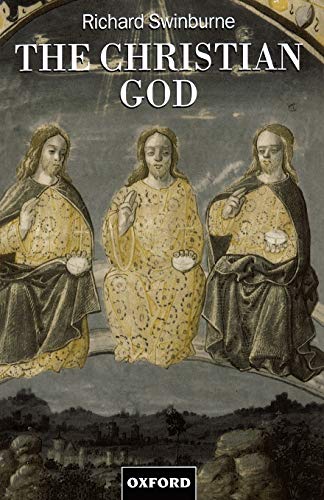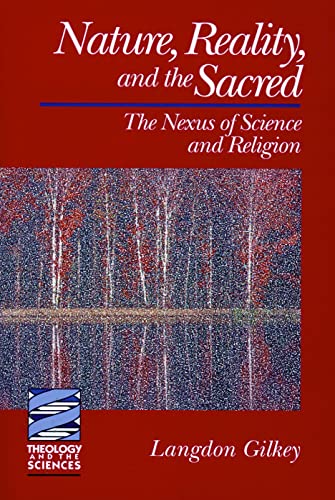Private Women Public Meals: Social Conflict in the Synoptic Tradition
Written by Kathleen E. Corley Reviewed By Philip RichterInsights from Christian feminism, classical social history and anthropology combine with redaction criticism in Kathleen E. Corley’s valuable reassessment of the place of women in the earliest Christian communities. Corley takes issue with the prevailing consensus that early Christian inclusivity (reflected in Gal. 3:28) was innovative. Instead, she argues that the various degrees of inclusivity displayed by early Christian groups reflect greater freedoms enjoyed by women generally in the late-Republic, early-Empire era and results in the conservative critique of their behaviour, particularly dating from the Augustan period. Meal customs are used as a specific way of mapping both changes in women’s behaviour and the persistence of conservative patriarchal social ideology.
Corley builds on the anthropological insight that public meals tend to symbolize and reinforce the gender and class-based hierarchy of any society. Traditionally, Greco-Roman meal etiquette demanded that such meals should be reserved for men. Respectable women were expected to remain within the ‘private’ sphere of the household. Only women who were prostitutes would attend public meals, which were renowned for their scenes of sexual debauchery. ‘Liberated’ women who began to attend public meals in the late Republic tended to be treated as morally suspect.
Various attitudes to women in the early Christian communities can be deduced, Corley argues, from the gospel traditions’ depictions of women in meal settings. The second half of the book is devoted to a careful redaction-critical analysis of Mark, Luke and Matthew. Her findings are that Mark takes account of the social conservatism of the Hellenistic environment by, for instance, depicting women at meals in a private, rather than public, context, but he is not over-concerned about possible undertones of scandal in his narrative. Ironically, Luke, the evangelist often most beloved by Christian feminists, turns out to be the most concerned to maintain the traditional Hellenistic private role for women. The ideal Christian woman, both at meals and within the Christian community generally, was expected to be like Mary (Lk. 10:38–42): quiet and submissive and ready to sit and learn at Jesus’ feet, rather than a leader. Luke reformulates traditional material with an eye for Greco-Roman propriety. Matthew, Corley concludes, is least concerned about observing traditional meal etiquette. It is, for instance, the only gospel where women are portrayed as reclining with men at table and where women within Jesus’ dining company are explicitly identified as prostitutes. This reflects Matthew’s inclusive, anti-hierarchical ecclesiology which itself may reflect the earlier ‘Q’ tradition.
Although Corley only tantalizingly briefly refers to later NT texts (p. xvii), her thesis is that early Christian attitudes to women, reflected in meal customs, became less egalitarian during the course of the first century, in line with Empire-wide trends. This insight suggests that modern Christian attitudes to the role of women might be best founded on the earliest, more egalitarian traditions characterizing Matthew’s gospel. Here, however, one of the difficulties of Corley’s approach begins to emerge. Does the table etiquette of these Christian communities merely reflect the wider social environment? Is radically inclusive table fellowship intrinsic to the gospel or merely a passing reflection of social change? It is fashionable for contemporary biblical scholarship to make use of the social sciences, but Corley, like others, needs to take greater care to avoid the perils of reductionism.
This is a lucidly presented and intelligently argued work which breaks some valuable new ground as well as helping the reader to see familiar material in a new light. Some of its conclusions may be hard to digest but in general this is a feast of good scholarship.
Philip Richter
Roehampton Institute, London







